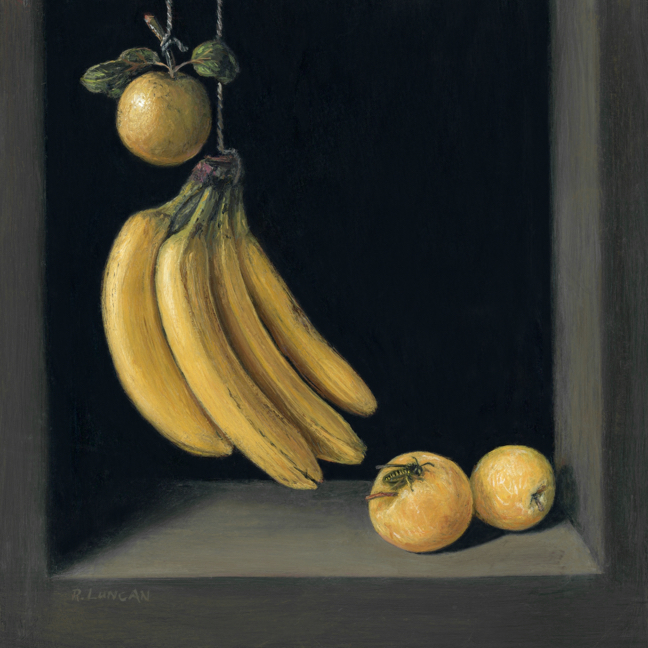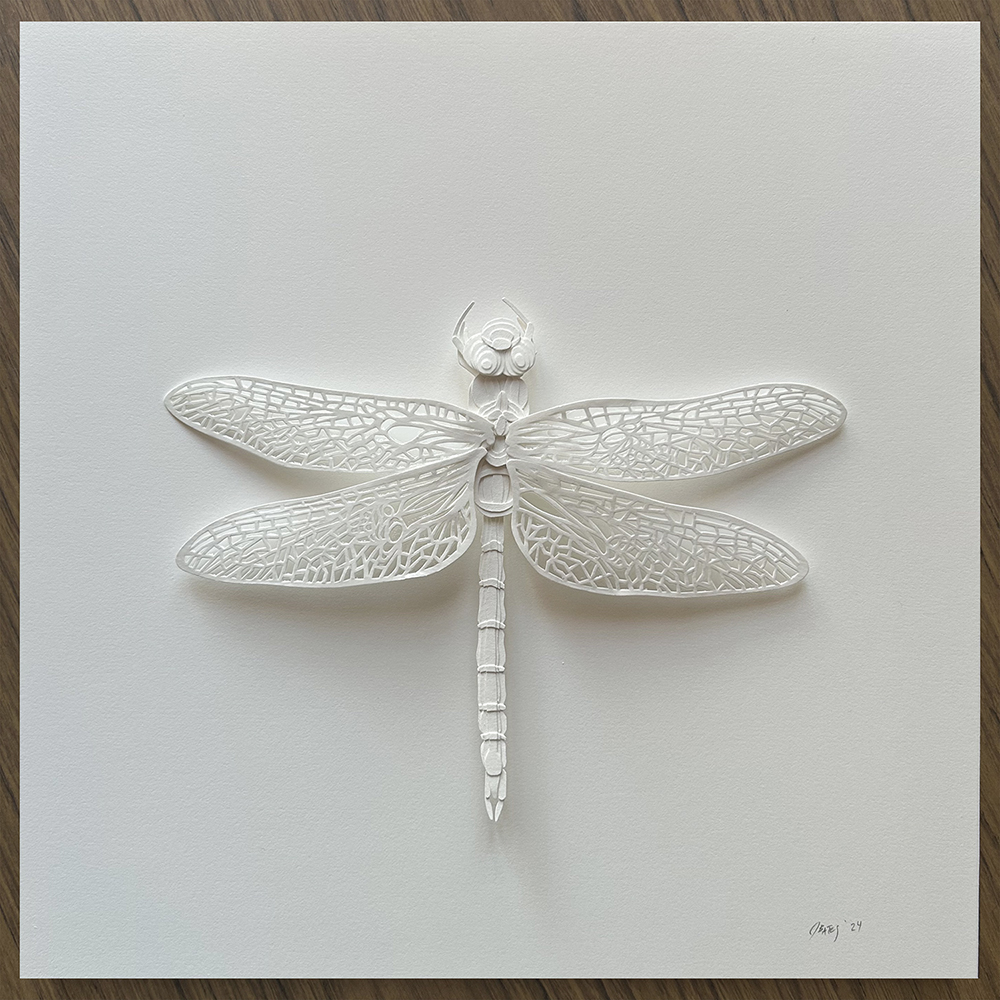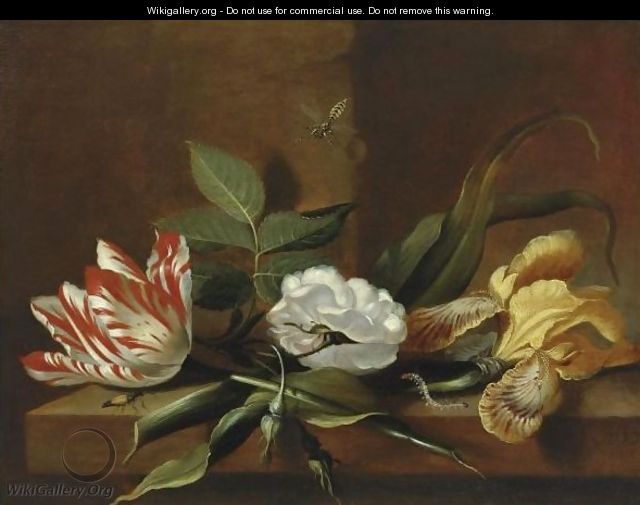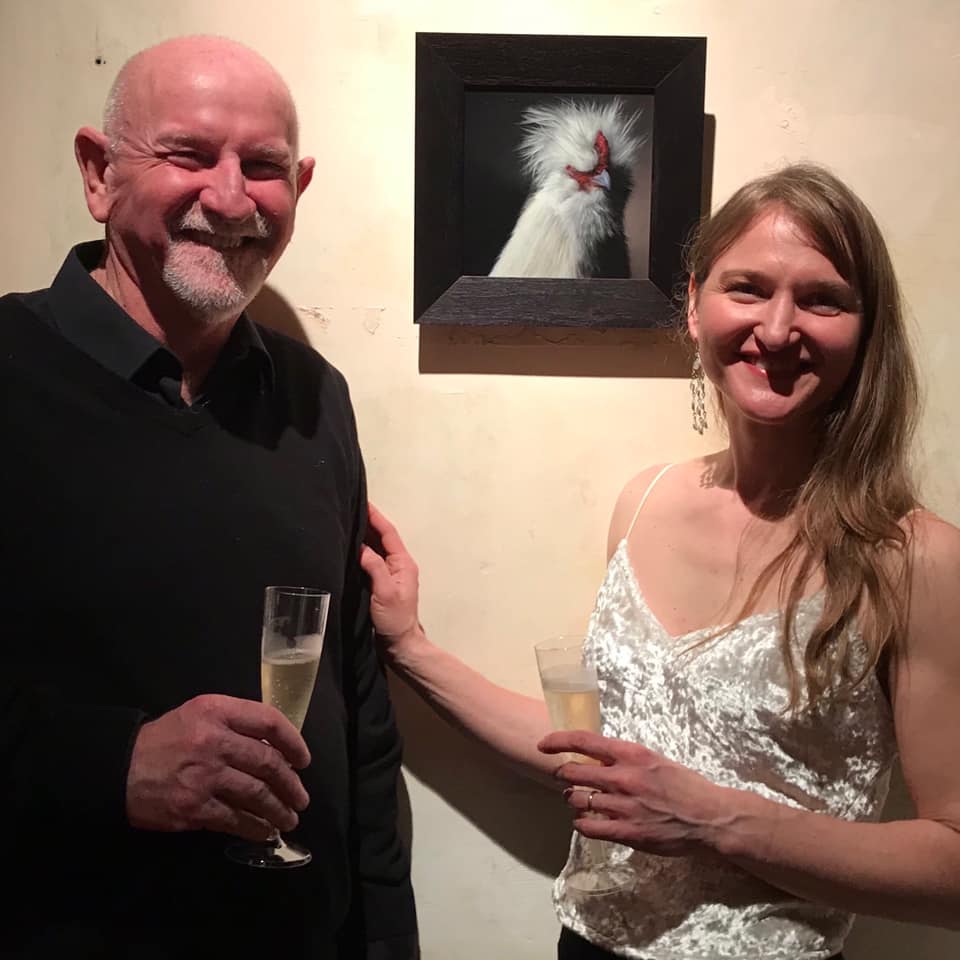One of my favorite things about still life painting is how it can hold a whole season in a moment. This new Monthly Miniature, Summer, Suspended in Yellow, pauses summer at its peak, even as time passes differently within the composition. The yellow Japanese plums were ripe weeks before the Asian pears began to turn, yet here they exist together, suspended in a single, golden season. This layering of time is something Dutch masters often did, hinting at the fleeting nature of life while celebrating its abundance.
Inspiration from Cotán and Coorte
This painting is inspired by two artists I return to often: Fray Juan Sánchez Cotán (1560–1627), a Spanish Baroque painter, and Adriaen Coorte, a Dutch still life painter active in the late 1600s.
Cotán is often credited as the father of Spanish still life (bodegón) painting. His carefully arranged compositions are filled with a serene order, often placing fruits and vegetables in spare, stone-like niches. His Still Life with Quince, Cabbage, Melon, and Cucumber is a masterclass in quiet balance and the poetic rhythm of form.
Coorte, on the other hand, is known for his small, intimate paintings of fruit and vegetables, often presented on a simple stone ledge with a dark background. His works feel deeply connected to the natural world, in part because of the insects that frequently make their way into his compositions. At first glance, Cotán and Coorte share a similar sensibility, but Coorte’s paintings seem to breathe a little life, as if the objects have just been gathered from the garden.
Both painters share a quiet restraint that sets them apart from many of their more exuberant contemporaries. Instead of compositions overflowing with flowers and food, they often choose just a handful of objects and place them with precision, creating a sense of space and stillness. In Summer, Suspended in Yellow, I’ve taken inspiration from Cotán’s meditative compositional rhythm while allowing the presence of a tiny wasp to echo Coorte’s gentle connection to nature.
Chasing the Color Yellow

Yellow can be a challenging color in oil paint. It’s often quite transparent and takes many layers to achieve luminosity. Luckily for me, that’s how I usually work. For this painting, I added a lovely glazing color, Indian yellow, to my usual palette: titanium white, cadmium lemon, yellow ochre, cadmium red light, quinacridone rose, ultramarine and phthalo blues, venetian red, burnt umber, and ivory black. My favorite green, which is visible in the banana stems and pear leaves, is a simple mix of cadmium lemon and black.
Old Meets New
Though inspired by centuries-old tradition, the fruit is firmly of the present day. The pear and plums came from my backyard garden, while the bananas are the modern Cavendish variety you’ll find in any grocery store. Old-world compositional ideas meet today’s familiar fruits, all brought to life through careful layering of color.



















